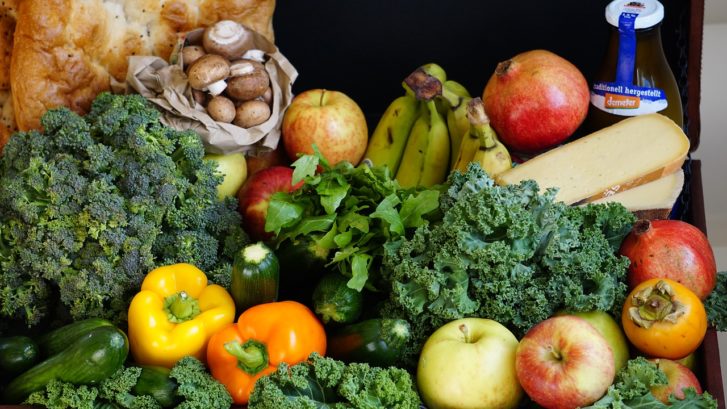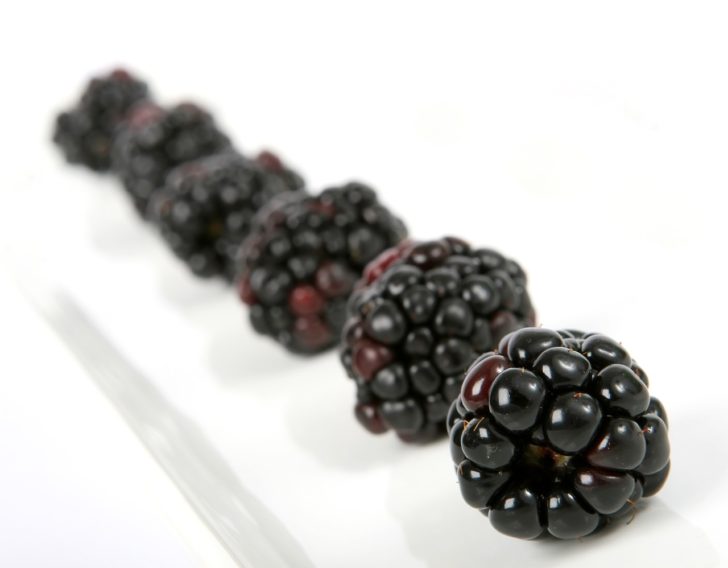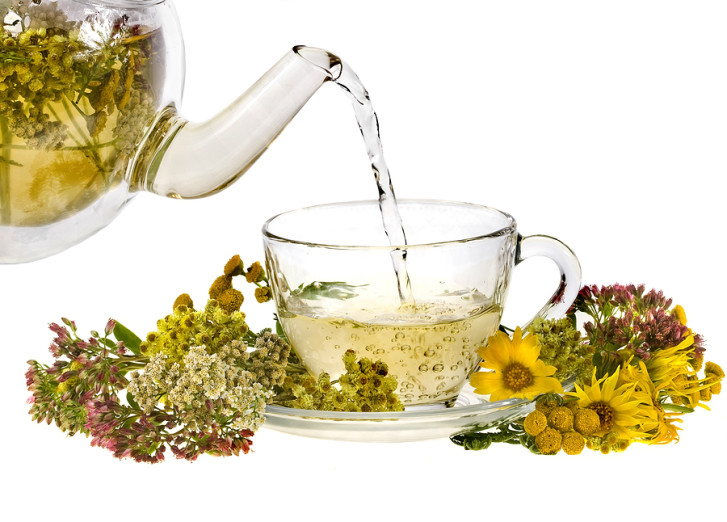Cannabis Sativa Indica Ruderalis:
“…marijuana is one of the safest,
therapeutically active substances known to man.”
– Judge Francis Young (DEA)
Growing awareness of the extraordinary usefulness, not to mention healing properties, of Cannabis is catalyzing a new generation. Cannabis has been categorized into three groups: Cannabis sativa, Cannabis indica and Cannabis ruderalis, which may be simply the most familiar varieties of almost 700 variants of this species. This ‘mother’ plant has life affirming properties, which some studying her regard as less of a medicine and more as an essential food source. The more one learns about the properties of this plant and it’s bio resonate relationship with all life, the more one must question the reasons behind the various governmentally imposed limitations and criminalisations on possibly the most useful, healing, and negentropic plant on the face of this earth.
The hemp seed is a perfectly designed spiral shell which holds within it everything needed to germinate given the most simple of conditions; water and light. There are over two dozen uses of the seed, from industrial products and personal hygiene to food products like; oil, milk and granolas. The nutritional value of hemp seeds is comprehensive to the human dietary requirements for optimum health. Hemp seeds contain twenty different varieties of amino acids and all nine of the essential amino acids. It is the only food which contains such high concentrations of these essential fatty acids, while also containing high amounts of vitamin E, trace minerals and a balanced ratio of omega 3 and 6 at around a 3:1. On top of this the hemp seed is high in protein content, aids in strengthening the immune system, detoxing the body and studies have shown that consuming hemp seeds, whether raw or oil, has the ability to assist in the healing process of immune deficiency related diseases.
The best way to insure the body has enough amino acid material to make the globulins is to eat foods high in globulin proteins. Since hemp seed protein is 65% globulin edistin, and also includes quantities of albumin, its protein is readily available in a form quite similar to that found in blood plasma. Eating hemp seeds gives the body all the essential amino acids required to maintain health, and provides the necessary kinds and amounts of amino acids the body needs to make human serum albumin and serum globulins like the immune enhancing gamma globulins. Eating hemp seeds could aid, if not heal, people suffering from immune deficiency diseases. This conclusion is supported by the fact that hemp seed was used to treat nutritional deficiencies brought on by tuberculosis, a severe nutrition blocking disease that causes the body to waste away. [Czechoslovakia Tubercular Nutritional Study, 1955]
These little seeds are constructed to survive and travel through space and time. Encased within an armoured shell these teeny tiny fully formed plants have slowed their metabolism down to go into ‘stasis’ where they do not need light or moisture, since sitting water releases oxygen and becomes stagnant. They are very fragile within their protective shell which is packed inside with food to enable it to grow, once activated. This is true of all seeds, and like many other plants, cannabis plants are ‘dicotyledons’ (di: two, cotyledons: embryonic leaf). Cannabis is both dioecious, bearing male and female flowers on separate plants, and also monoecious, having both male and female flowers on the same plant, depending on environmental conditions.
Seeds germinate over the course of 3-7 days. A thin embryonic stem topped by cotyledons emerge and grows to approximately 10 cm in about a week. Maturity and flowering can take place in about 3 weeks with plants reaching 4 ½ to 5 feet tall. (*2) Certain strands of cannabis can grow to 20 feet and in certain parts of the world there are still ancient hemp forests. As this remarkable plant grows it is common knowledge that it pulls toxins and radiation out of the soil, effectively cleaning the environment and the soil.
In 1998, Phytotech, along with Consolidated Growers and Processors (CGP) and the Ukraine’s Institute of Bast Crops, planted industrial hemp, Cannabis sp., for the purpose of removing contaminants near the Chernobyl site. Cannabis is in the Cannabidaceae family and is valuable for its fiber, which is used in ropes and other products. This industrial variety of hemp, incidentally, has only trace amounts of THC, the chemical that produces the “high” in a plant of the same genus commonly known as marijuana.” (*3)
If all of this isn’t remarkable enough, Cannabis Sativa Indica Ruderalis goes a step further by being a cure for every known ailment afflicting man. A list of 700 medicinal uses of cannabis has been compiled which stretches from ADHD and Alzheimers through Cancer and Diabetes to Glaucoma and Schizophrenia/ Mental disorders. (*4 ~ links to medical studies for medicinal uses) In the last couple of years its use as a cancer cure has stretch across headlines and has been the subject of great legal and political debate. But what is there to debate? Cannabis being illegal is a crime against human beings and strips individuals of their birth right to live healthy and happy lives.
“A new study by Salazar et al in The Journal of Clinical Investigation demonstrates that THC causes tumor cells to begin to degrade themselves from the inside (a process called autophagy, i.e. “self-eating”). Although autophagy has been shown to promote cell survival in some cases and cell death in others, the authors show that in this case it causes cancer cells to undergo programmed cell death (apoptosis). Thus, THC activates a series of events within cancer cells, inhibiting tumor growth.”
(*1)
Further
CBD has also been demonstrated to exert a chemopreventive effect in a mouse model of colon cancer.[20] In the experimental system, azoxymethane increased premalignant and malignant lesions in the mouse colon. Animals treated with azoxymethane and CBD concurrently were protected from developing premalignant and malignant lesions. In in vitro experiments involving colorectal cancer cell lines, the investigators found that CBD protected DNA from oxidative damage, increased endocannabinoid levels, and reduced cell proliferation.
In a subsequent study, the investigators found that the antiproliferative effect of CBD was counteracted by selective CB1 but not CB2 receptor antagonists, suggesting an involvement of CB1 receptors.[21] (*5)
The Chinese Emperor Fu Hsi (ca. 2900 BC), made reference to Ma, the Chinese word for Cannabis as a popular medicine of his time. (*8) In Mali, West Africa the Dogon tribe, a well-documented group, pointed to Sirius, the brightest star in the Winter sky, and said it was the ‘Two-Dog Star’ and the home of the ‘two-dog plant’, cannabis which brought to our planet by the Goddess to help humanity.(*9)
Even with the thousands of years of historical evidence of cannabis being used for medicinal purposes as well as extensive research and case studies proving the effectiveness of cannabis as a cure-all; still the use of this plant is treated as a criminal offence by governmental officials. Around the world those who are ill live in fear that they may be put in jail for simply taking action to heal their bodies and stay alive. The CBD and THC compounds in cannabis work together to create an ideal environment within the body for cell regeneration and optimal holistic balance of the endocannabinoid system.
The endocannabinoid system is possibly the most important physiologic system active in creating and conserving human health. The endocannabinoids and their receptors perform different tasks throughout the body to achieve homeostasis, the maintenance of a stable internal environment irrespective of fluctuations in the external environment. They are found throughout the body: in the brain, glads, connective tissues, organs and immune cells. Strategically placed at the intersections between various internal and external systems of the body, aiding in communication and organisation between different types of cell. (*7)
If our own endocannabinoid system can maintain metabolic homeostasis and even cure serious disease, why are we plagued by illness? We know that the body produces only small amounts of anandamide and 2-AG; enough to maintain the body but not enough to overcome chronic stress, illness, injury, or malnutrition. Cannabis is the only plant we know of that produces phyto-cannabinoids that mimic our own endocannabinoids. One of the great benefits of this mimetic medicine is that cannabinoids are essentially natural to our biology and do no harm to our tissues and systems.
Chronic inflammation can cause serious illness and death. How do phytocannabinoids rescue us from dreaded infirmities? When the call comes in to the immune system to send troops, the first thing to happen is that the immune system signals glial cells to produce cytokines….then the process can go one of two ways.
A) Killer cells clean up the infection and all is well.
B) Cytokines can stimulate more cytokine production and cause many more cytokine receptors to awaken. Unchecked, this becomes a cytokine storm showing symptoms of swelling, redness, fatigue, and nausea; even death.
Phytocannabinoids have the ability to suppress this inflammatory cytokine cascade by inhibiting glial cell production of the cytokines interferon or interleukin. Here we see the seeds of chronic inflammation dissolved by the modulation process of cannabinoids bringing homeostasis to systems out of balance. This is a good example of how cannabinoids normalize biological processes all throughout the body and allows us to keep that glow of well-being through a long and happy lifetime.(*6)
The more one looks into the endocannabanoid system the more one can see the symbiosis between cannabis and humans, a whole article could be dedicated to this alone. However it doesn’t stop there. Other plants and animals from tunicates and nematodes to basically every vertebrate species all have an endocannabinoid system; essential in their adaptation in their environment. Through comparisons in genetics information of cannabinoid receptors in different species, scientists estimate that the endocannabinoid system evolved in primitive animals over 600 million years ago. (*7)
Having briefly looked at the properties of this extraordinary plant, one can see how vital Cannabis Sativa Indica Ruderalis is. It has been used for thousands of years as medicine, as food, as building material, and so much more. It’s ability to nourish it’s environment as well as the neighbouring plants and animals; making it possibly the most desirable plant on the face of this earth. The only reason any institution would ban or limit the use of this plant could only be to inhibit one’s ability and birth right to maintain health and recover from illness. When obeying the rules means consigning ourselves to death, surely it’s time to stop obeying the rules. With this one plant exists solutions for hundreds of problems facing our world today, from soil toxicity to the cancer epidemic. By increasing the farming or wide spread growth of this plant, we have the ability to literally transform the world we live in for the better.
Notes:
*1: http://scienceblogs.com/scientificactivist/2009/04/02/
thc-gives-cancer-cells-the-mun/ Published in Volume 119, Issue
5 (May 1, 2009) J Clin Invest. 2009;119(5):1359–1372.
doi:10.1172/JCI37948. Copyright © 2009, American Society
for Clinical Investigation. http://www.jci.org/articles/view/37948
*2: http://www.csatc.org/botany.html
*3: http://www.mhhe.com/biosci/pae/botan…rticle_10.html
*4: http://www.encod.org/info/700-MEDICINAL-USES-OFCANNABIS.html
*5: 20. Aviello G, Romano B, Borrelli F, et al.: Chemopreventive
effect of the non- psychotropic phytocannabinoid cannabidiol on
experimental colon cancer. J Mol Med (Berl) 90 (8): 925-34,
2012. [PUBMED Abstract]
21.Romano B, Borrelli F, Pagano E, et al.: Inhibition of colon
carcinogenesis by a standardized Cannabis sativa extract with
high content of cannabidiol. Phytomedicine 21 (5): 631-9, 2014.
[PUBMED Abstract]
*6: Dennis Hill a. http://www.pnas.org/content/103/3/696
b. http://www.cancer.gov/cancertopics/pdq/cam/cannabis/healthprofessional/page1
c. http://cannabisinternational.org/info/NonPsychoactive-Cannabinoids.pdf
d. http://www.ncbi.nlm.nih.
gov/pubmed/16918439
*7: http://norml.org/library/item/introduction-to-the-endocannabinoid-system
*8: Robert Deitch Hemp: American History Revisited: The
Plant with a Divided History, 2003 http://medicalmarijuana.
procon.org/view.timeline.php?timelineID=000026
*9: http://www.thecannabible.com
Here is the link to the original NEO article: http://joom.ag/aYnb?page=5#.VK1re2_6FGI.mailto













